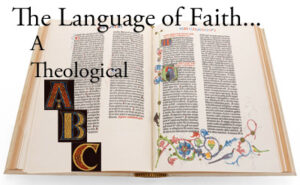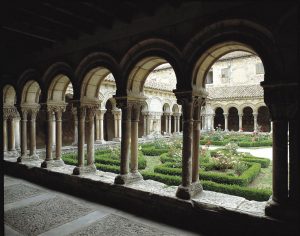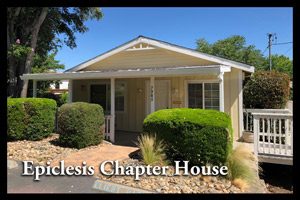
The Language of Faith: A Theological ABC
It’s a Brand New Compass Class with Robert Brown. First Module Starts Sunday, May 4, at 9 AM C.S. Lewis has described our faith as a journey going “further up and further in” to all

It’s a Brand New Compass Class with Robert Brown. First Module Starts Sunday, May 4, at 9 AM C.S. Lewis has described our faith as a journey going “further up and further in” to all

Preparing for a New Kind of Ministry in Strange Times: A note from Pastor Chris You may know that I have been especially struck lately with the (I think) prophetic book by Rod Dreher titled

The Lord has done great things for us, and we are filled with joy. -Psalm 126:3 After a couple of years of actively looking and much prayer, we joyfully announced the opening of the Epiclesis “Chapter
What fun! (We promise). Check out this brand-new interactive tutorial on learning how to sing the psalms. Of course you don’t have to sing the Psalms, but we think you’ll be missing out if you
We’re used to references to the Holy Trinity in the various creeds we recite, but may be less confident about how the Trinity relates to worship. This wonderful, readable book beautifully explains how the Godhead